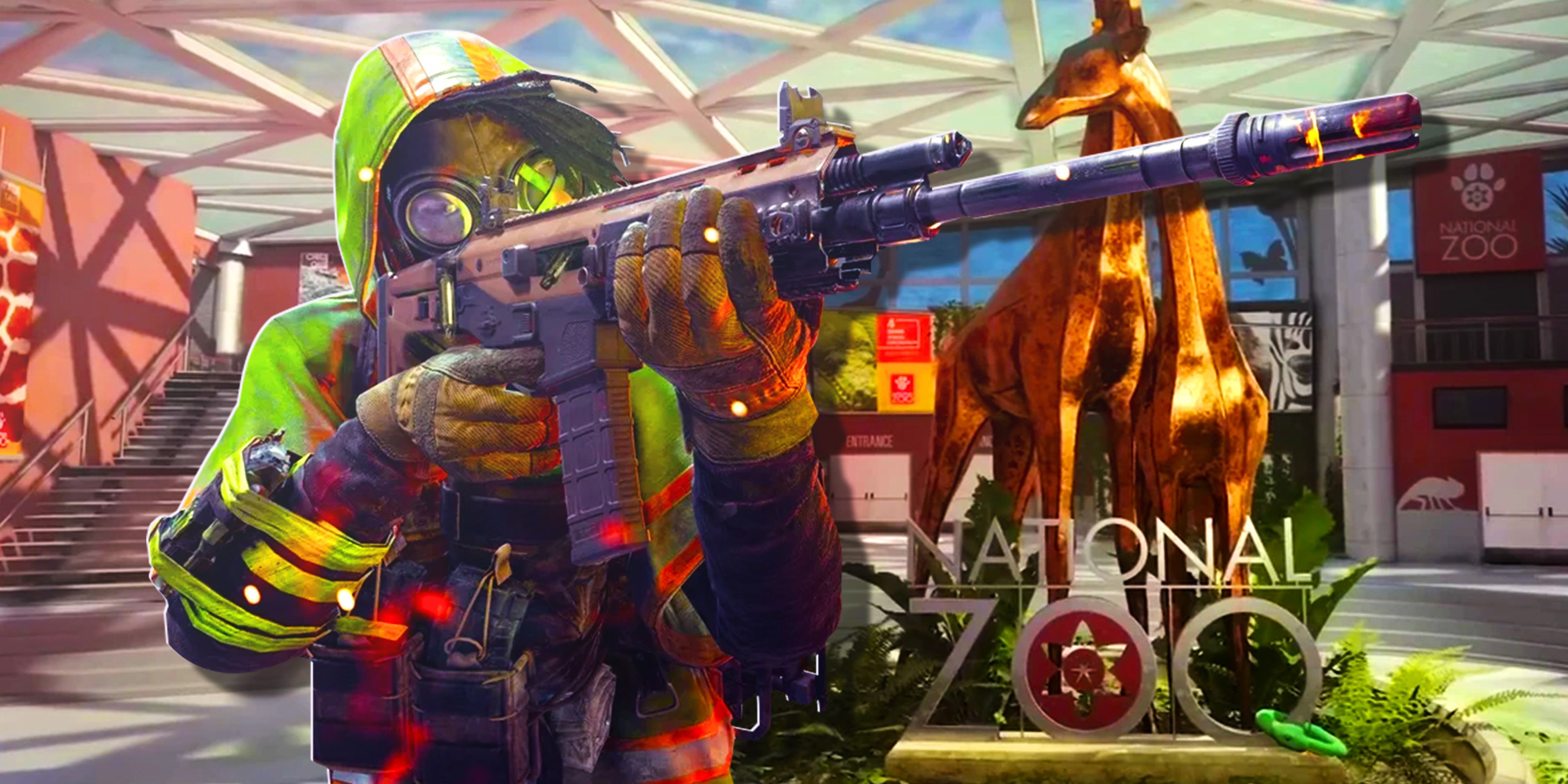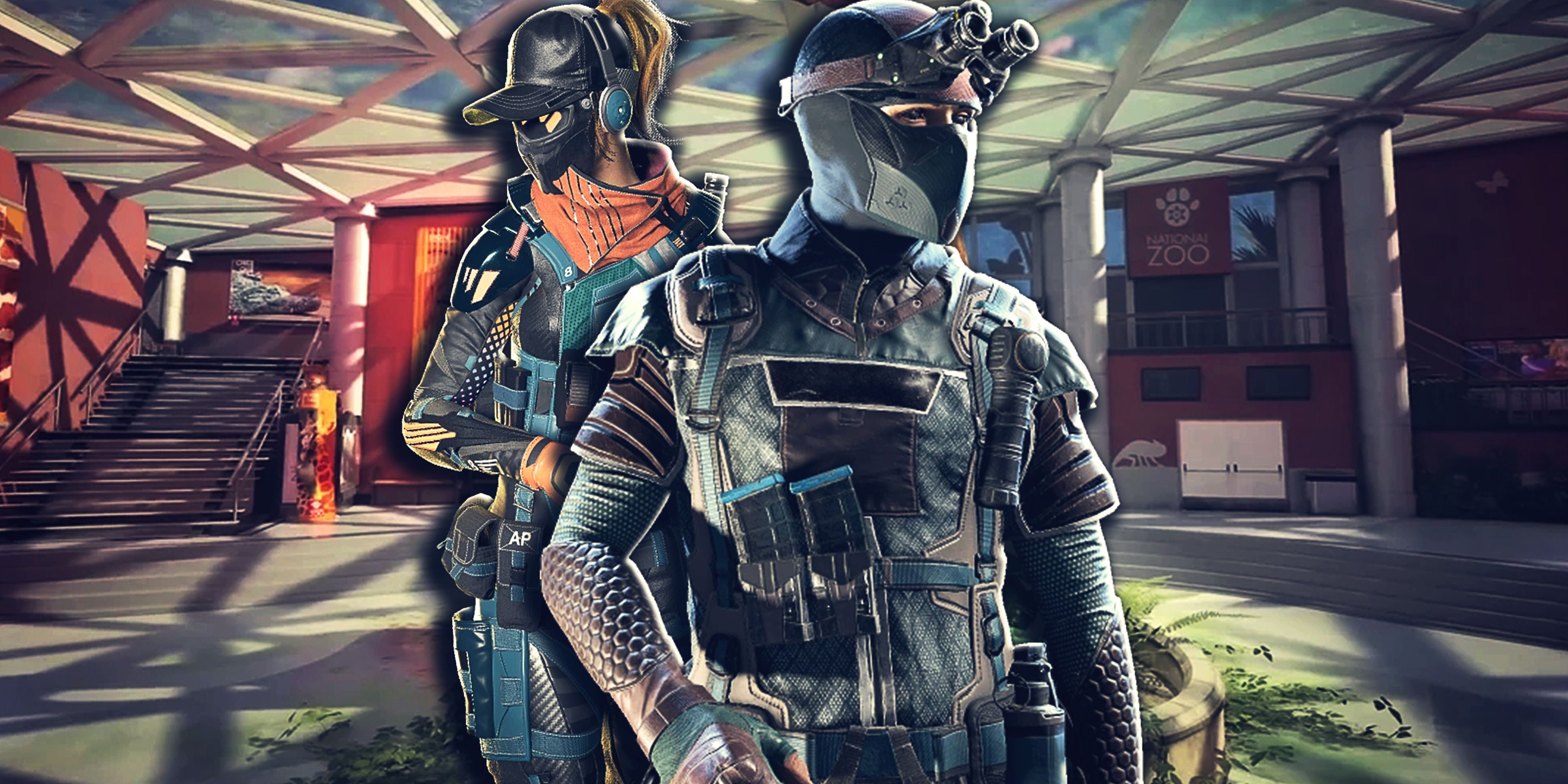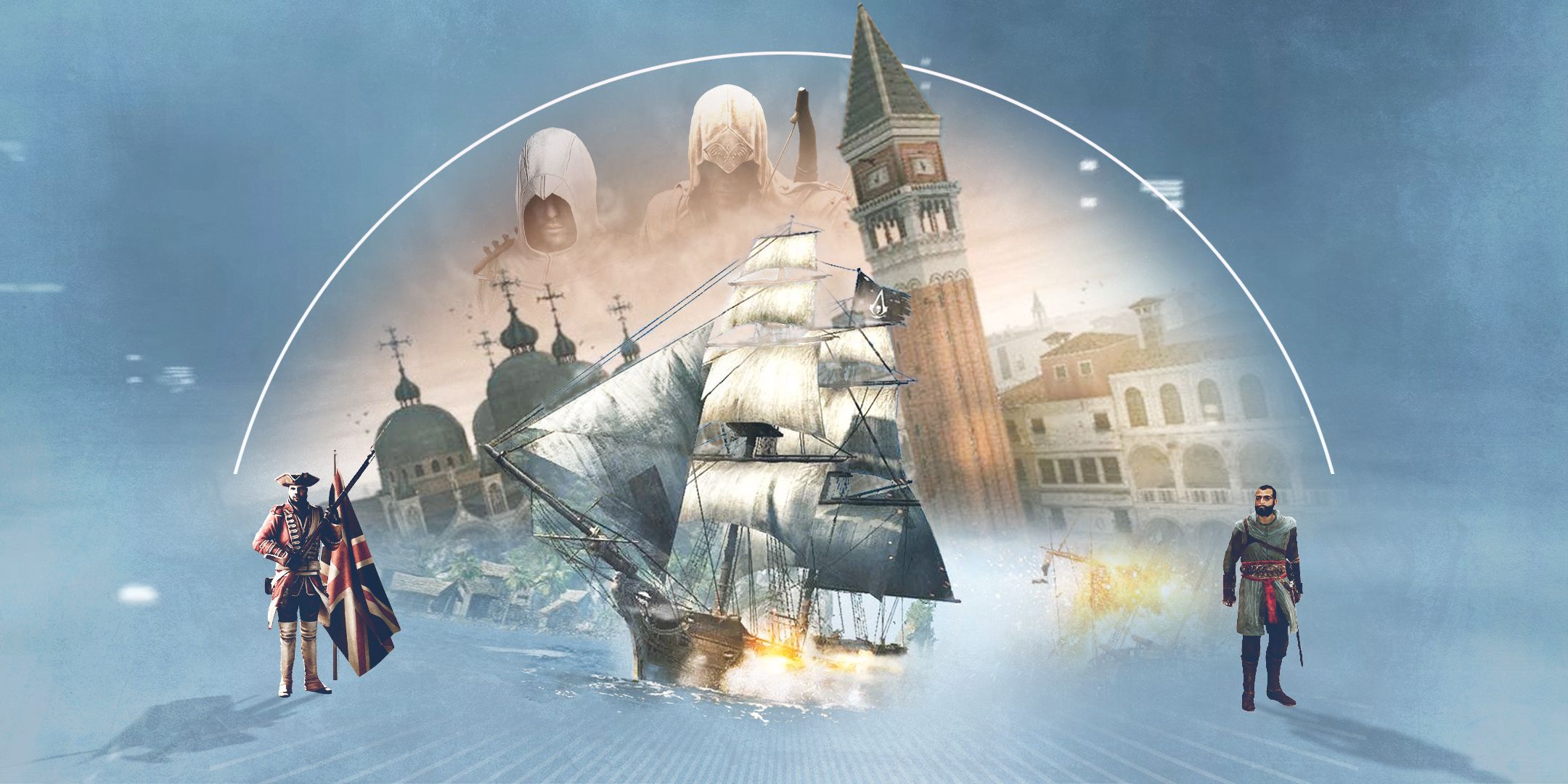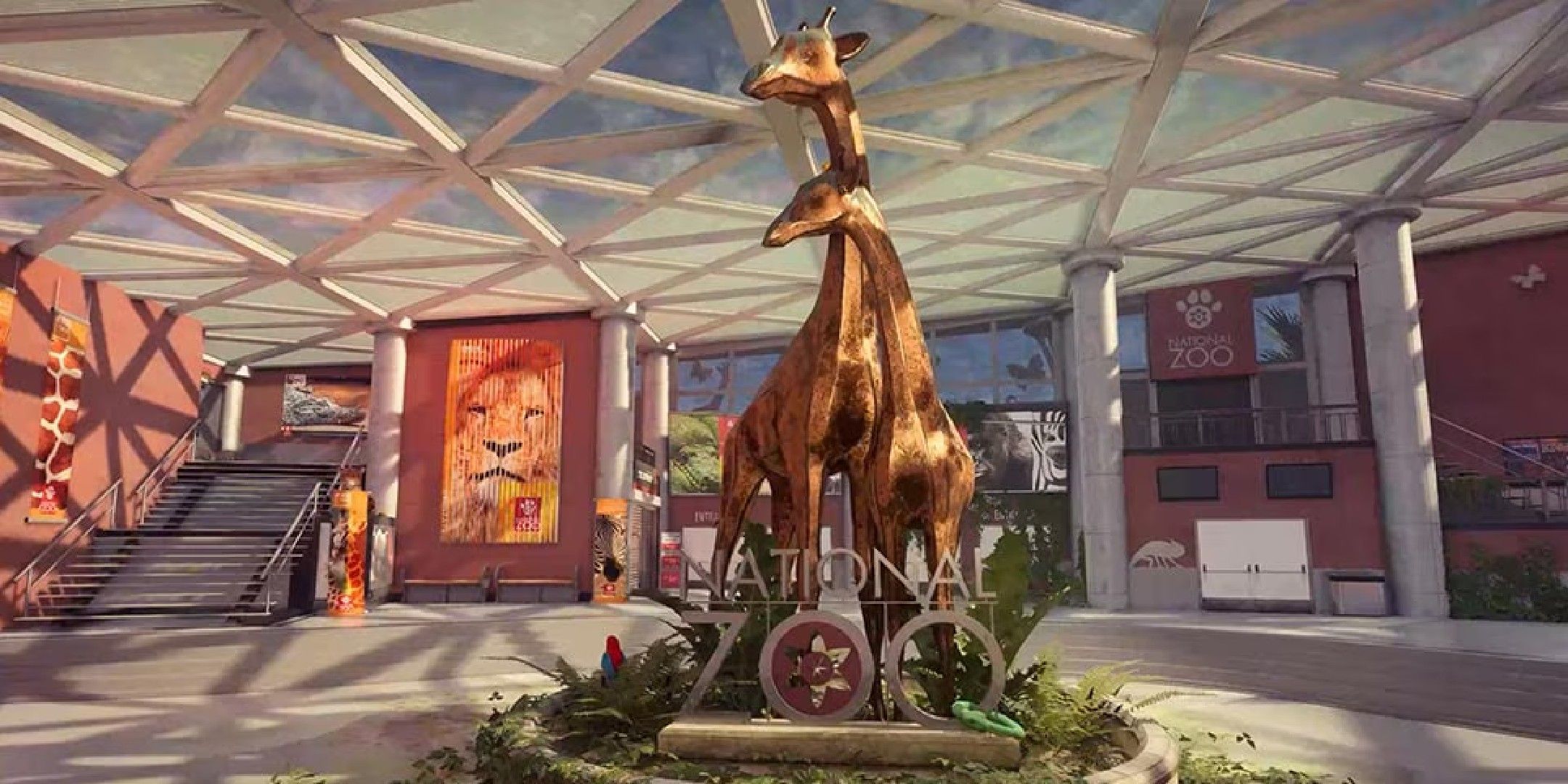I love real levels like the zoo in XDefiant

XDefiant has a map called “Zoo.” Yes, you guessed it, it’s a level set in the zoo. That sounds a little mundane compared to the places video games usually make accessible to us. I went to the real zoo in May, but I’ve never been to the Mushroom Kingdom. So what’s so special about it?
Fantastic vs. realistic levels
On one hand, we can agree to disagree, but the zoo is awesome. On the other hand, I love it when developers are so aware of the possibilities of the world that they can triangulate the entertainment value on a real place you could go to in an instant.
Growing up, most video game levels were fantastical places with only very loose connections to the real world, especially as a Nintendo kid who didn’t have access to games like Half-Life and Max Payne that tried to be realistic. The first level I really fell in love with was Bob-Omb Battlefield in Super Mario 64, which is about as far from the reality of a real battlefield as it gets. The fighters aren’t human soldiers, but sentient bombs. They’re commanded not by a general in uniform, but by a giant Bomb King who sits on top of a mountain waiting to fight.
This isn’t the real world, in the grand details or the specifics. You can put on a hat with tiny wings and fly to a floating island. There’s a giant bowling ball with teeth that’s chained up and guards a cartoon star. You reach the top by teleporting through small bumps in the rock face. Large metal balls randomly roll down the mountain path and into a halfpipe before disappearing. I love Bob-omb Battlefield, but it’s pure fantasy. As I’ve gotten older, I’ve learned to appreciate games that manage to find the fun in realistic settings.
With Super Mario Odyssey’s New Donk City, a cartoon version of Saturday morning New York, Mario came as close to realism as the series probably allows.
Realism isn’t inherently better, but it does introduce interesting challenges that more fantastical levels don’t. When a level isn’t constrained by the need to be believable, designers can let their imaginations run wild. A level where everything is made of incredible-looking desserts? Super Mario Odyssey says, “Yeah right.” How about a level set in a backyard tree that ends with the characters riding a phosphorescent flying fish through a cavernous tunnel? It Takes Two requires two levels to get to that bizarre scene. How about a level set in the belly of a giant fish? The Legend of Zelda: Ocarina of Time (and the biblical Book of Jonah) put the fun in the background.
These levels are great because they make you believe that anything can happen next. But when a realistic level feels similarly exciting, that’s a different kind of achievement. The Last of Us tends to be much more grounded than its sister series Uncharted, so scenes have to walk a fine line. In Uncharted, a thrilling moment might be Nathan Drake riding a bullet train through a snowy mountain pass or being turned upside down on a capsized cruise ship. With The Last of Us, however, Naughty Dog figured out how to excite players simply by having Joel’s foot dangle in a loop of rope. That’s a different design problem, and I’m impressed when developers can pull it off.

Related
XDefiant’s cards are too big for the TTK to be that short
The Ubisoft FPS requires you to run long distances to take part in the action.
XDefiant and The Division 2 take us to the zoo
XDefiant’s Zoo actually comes from the Ubisoft game that best implements this type of design: The Division 2. This Tom Clancy looter shooter is set in a post-apocalyptic Washington, DC, where humanity is trying to reform society after a global plague. I wasn’t expecting much when I started the game in 2019, but its level design quickly won me over.
Using DC as an open-world setting meant that you’d sometimes find yourself in a shootout at the Washington Monument, but the most fascinating parts were the interiors. The missions often took place in real museums (or slightly fictionalized versions of real museums). It was a treat to see the architecture of museums – designed to guide visitors through the exhibits – repurposed to guide a player through a level. Additionally, the team at Massive Entertainment put a lot of work into making the levels much more visually interesting than the corridors of your average shooter game.
This is also the appeal of the zoo as it appears in XDefiant. It’s a nice, inviting place, even if you’re peeking around corners to spot enemies, not howler monkeys. As you sprint toward the action, you might pause to look at a poster about the Mariana Trench. You might be crouching down, waddling toward the fight, and mid-waddle notice some stuffed penguins in an exhibit about the Arctic. In a multiplayer game like XDefiant, you repeat the same, basic actions over and over again. You learn to perform them with greater skill and efficiency, but you’re still basically running and gunning, so it’s nice to have a charming slice of life, however mundane, to lighten the everyday violence.

Next
The best thing Ubisoft’s Assassin’s Creed remakes could do would be to add discovery tours
Ubisoft introduced the museum-like mode with Origins, but remakes are an opportunity to add it to previous games.




